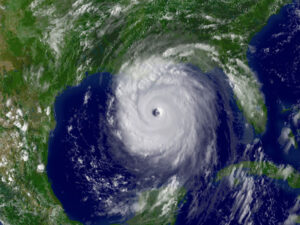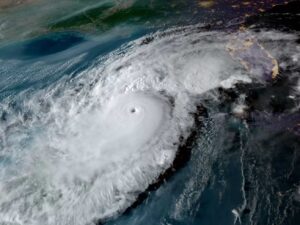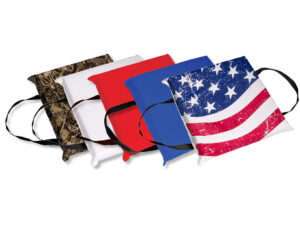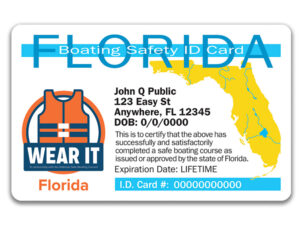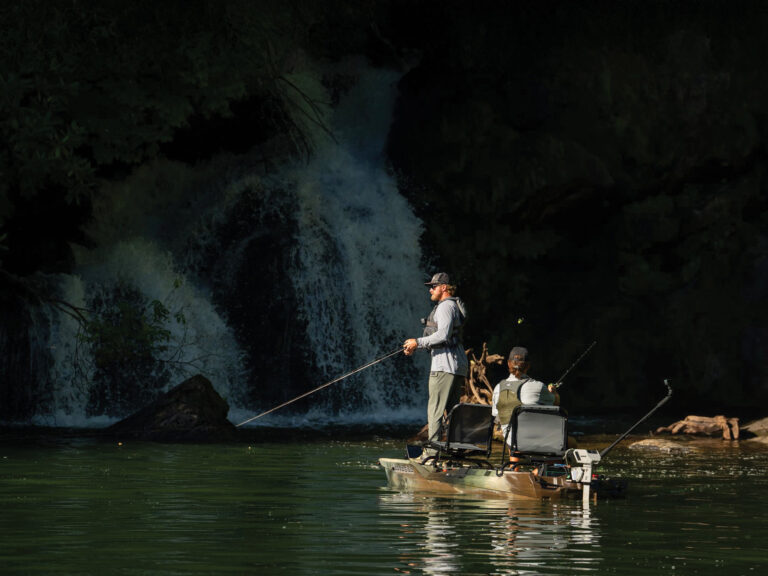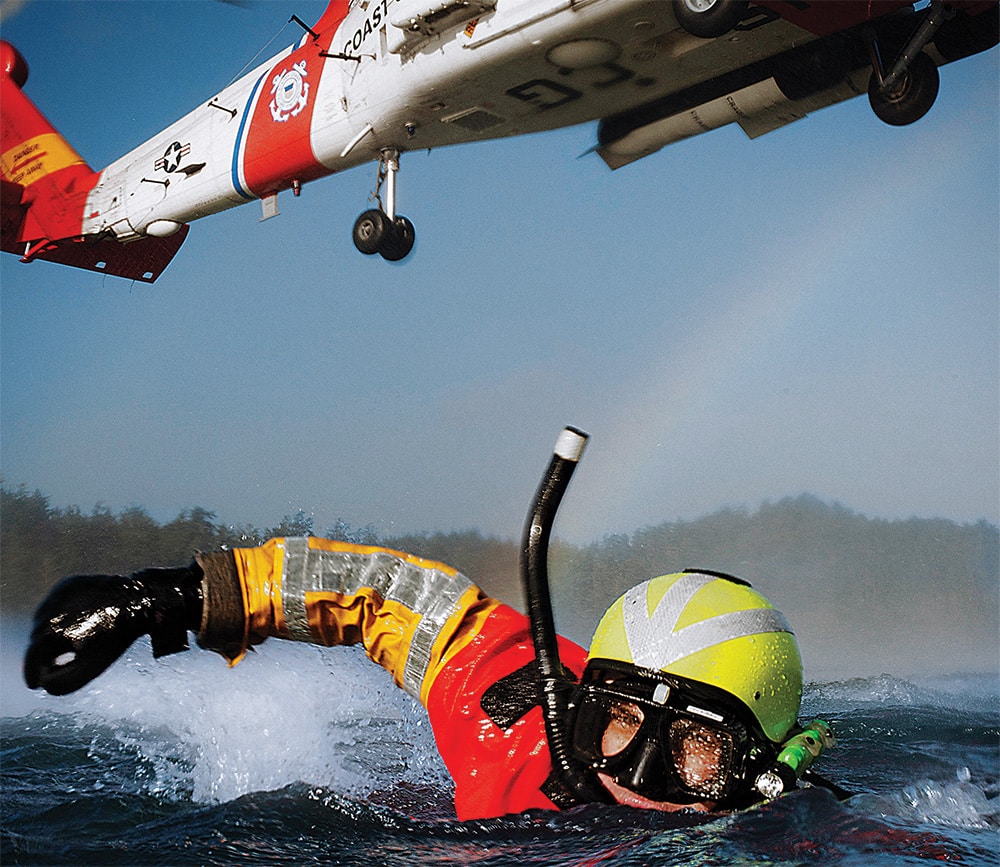
44 Top Boating Safety Tips
In our minds every boating experience is going to be one never-ending Jimmy Buffett song, but a cursory glance through U.S. Coast Guard incident reports shows that sometimes reality is a lot different. Every time you head out on the water there’s the potential that something might go wrong, but smart boaters mitigate the risks and know how to handle emergency situations. Put yourself in the smart boater category by studying these 44 boating safety tips.
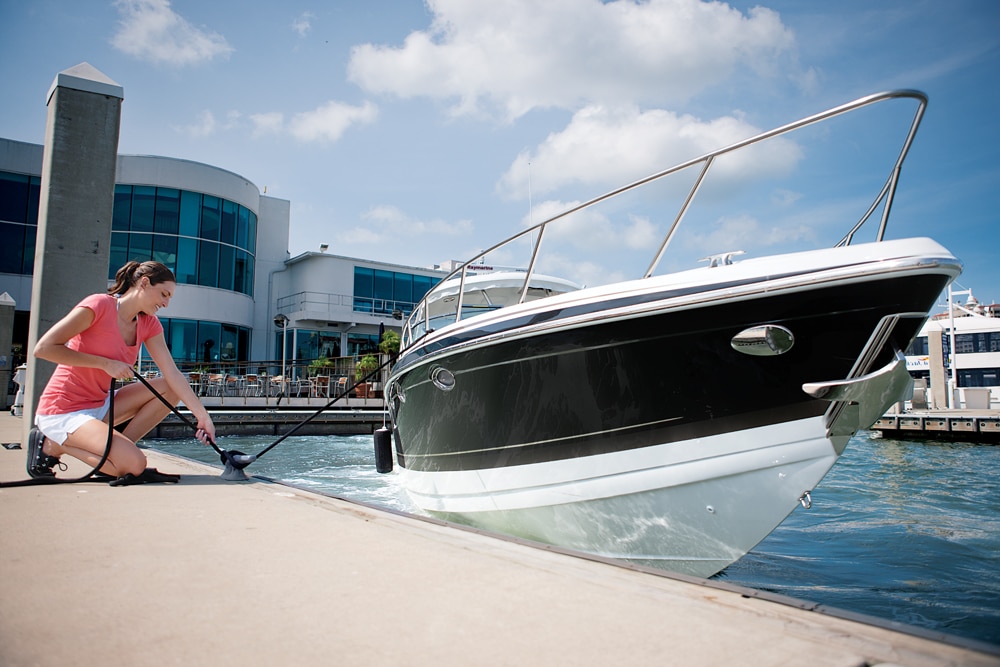
44 Top Boating Safety Tips
Warped Thinking
Use a technique called warping to get out of a tight side-to docking situation. When you can’t go forward or reverse without hitting another boat, tie a dock line to a bow cleat and tie it to the dock. Turn the wheel hard into the dock and gently apply power. The dock line holds the bow in place so it becomes a fixed pivot point. The only part of the boat that can move is the stern, which swings out in an arc. When the stern swings free, release the bowline and back out.
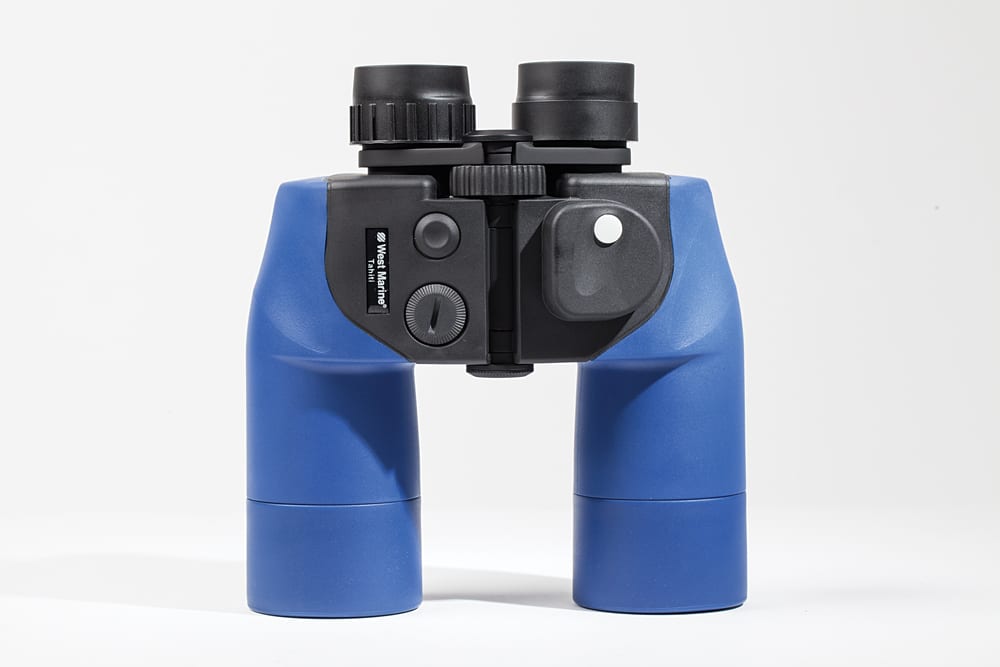
44 Top Boating Safety Tips
See the World
Binoculars can help you see far beyond the naked eye to spot aids to navigation, landmarks to get your bearings, other boats in the area, and potential rescuers. Look for a waterproof pair with 7x magnification with a Porro prism and BAK-4 optical glass.
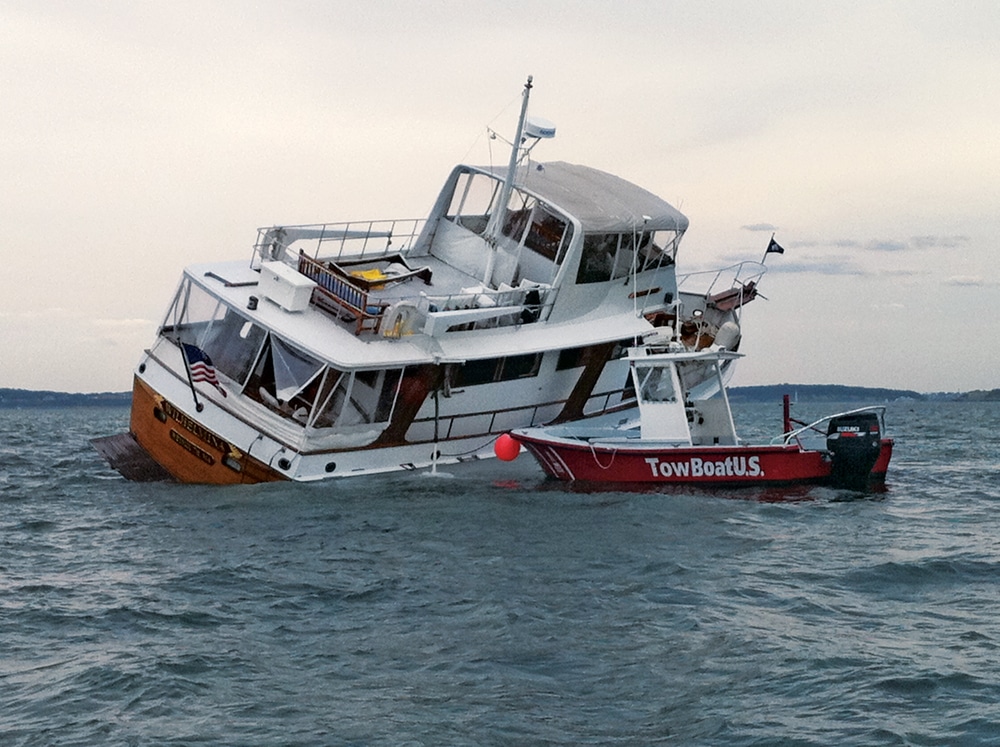
44 Top Boating Safety Tips
High and Dry
If you run aground, don’t back out until you’re certain the hull or any of the through-hull fittings weren’t compromised. Better to be beached than sinking.
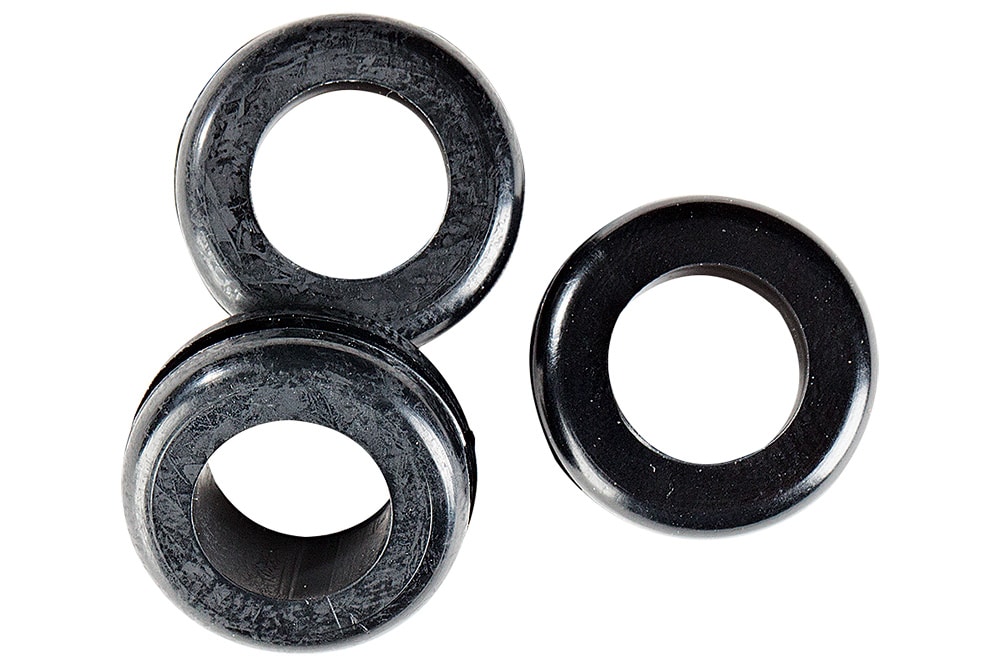
44 Top Boating Safety Tips
Chafeproof
Protect wiring from chafe where it runs through bulkheads by installing a rubber grommet, corrugated tubing or padding.
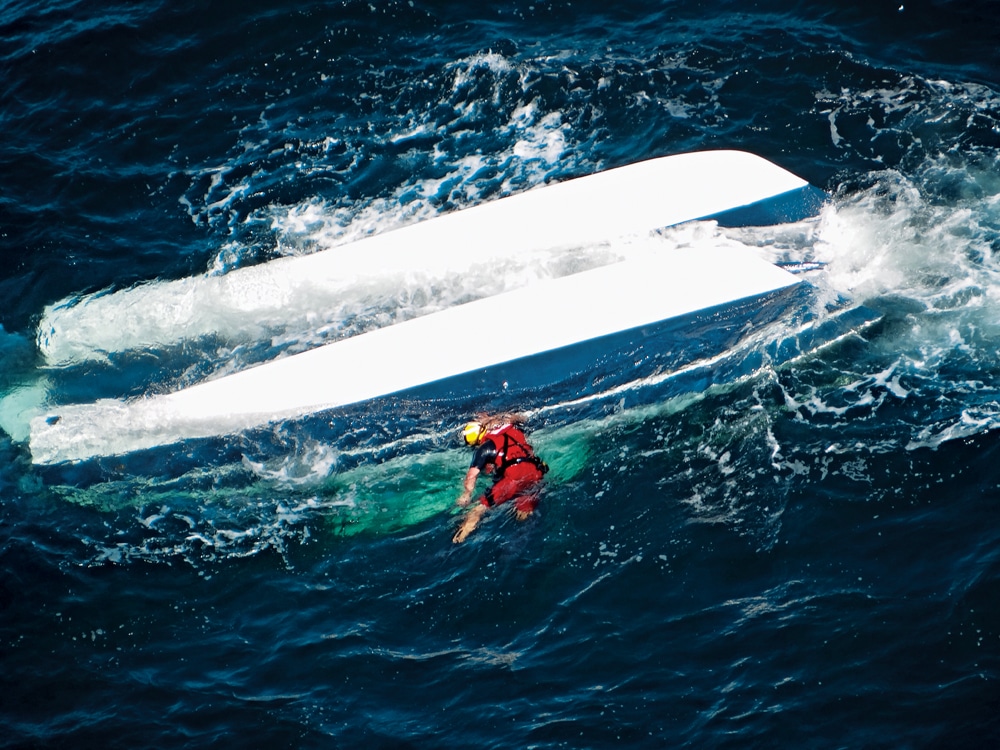
44 Top Boating Safety Tips
Stay Afloat
If your boat capsizes, don’t try to swim for land. Stay with the boat as long as it’s floating, because it makes a bigger target for rescuers to spot.
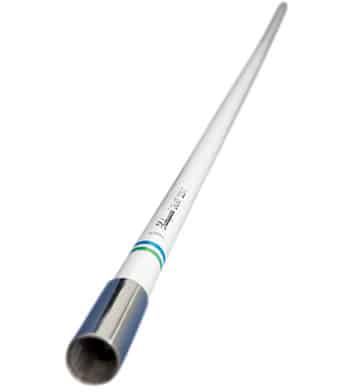
44 Top Boating Safety Tips
Antenna Smarts
The antenna connector at the back of the radio is a frequent cause of radio failure. Make sure the antenna cable isn’t stretched too tight, and scrub the connector with a toothbrush or Scotch-Brite pad to scrape off any corrosion.
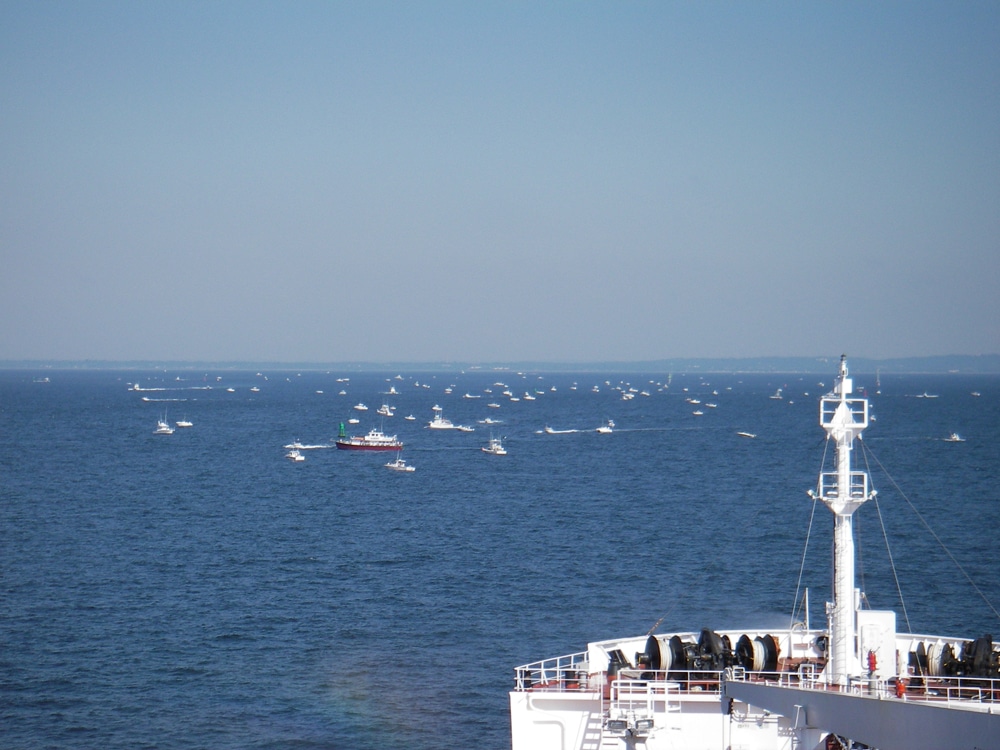
44 Top Boating Safety Tips
Never Assume
Don’t expect that another boater will know the rules of the road. You might have the right of way, but sometimes common sense dictates that you stand down to avoid an accident. Better to be wrong and kicking than right and dead.
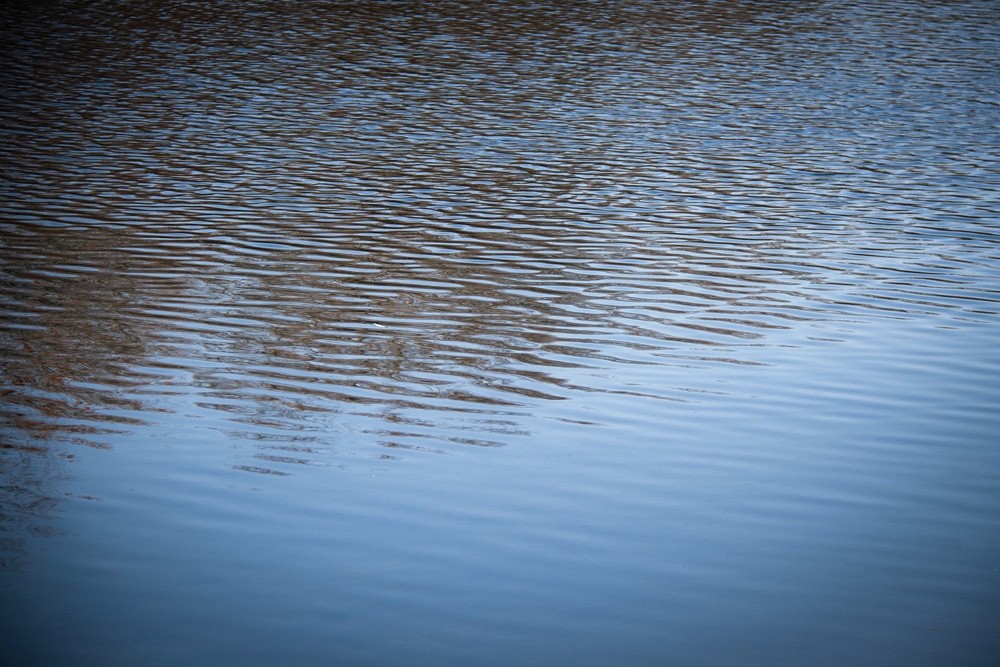
44 Top Boating Safety Tips
Eye Test
Watch for wind ripples, breaking waves or current edges to indicate a transition to shallow water.
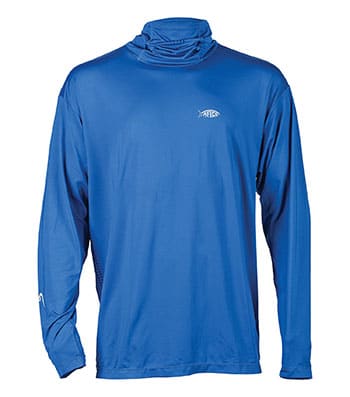
44 Top Boating Safety Tips
Faulty Fabric
Avoid wearing cotton. When dressing for boating, look for moisture-wicking layers that dry out more quickly. Cotton absorbs water and is slower to dry.
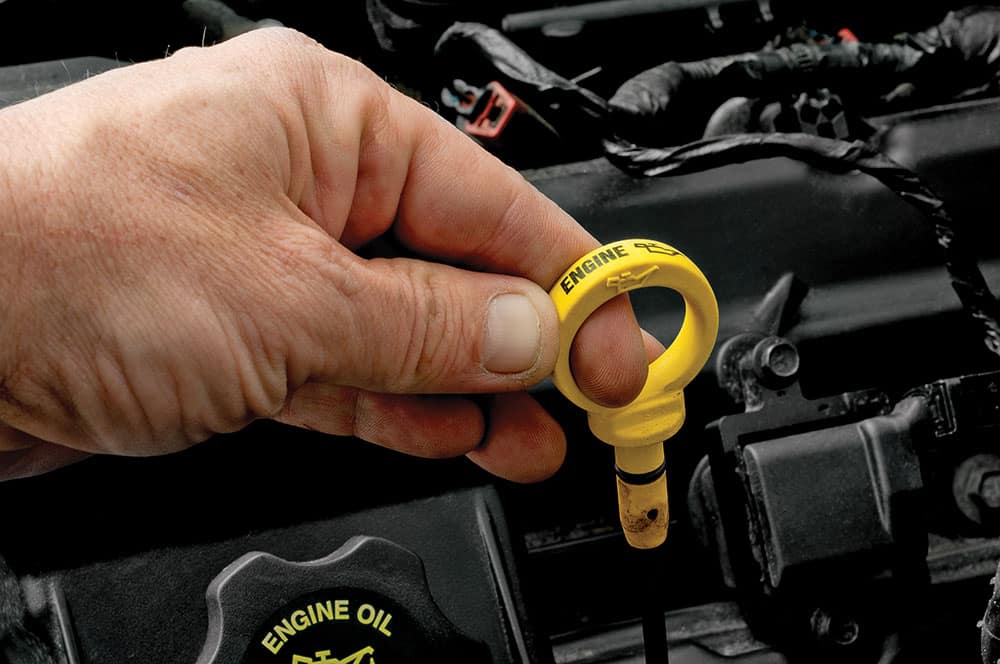
44 Top Boating Safety Tips
Fluid Dynamics
Check your boat’s oil level and coolant level before every trip to avoid common problems that arise offshore.
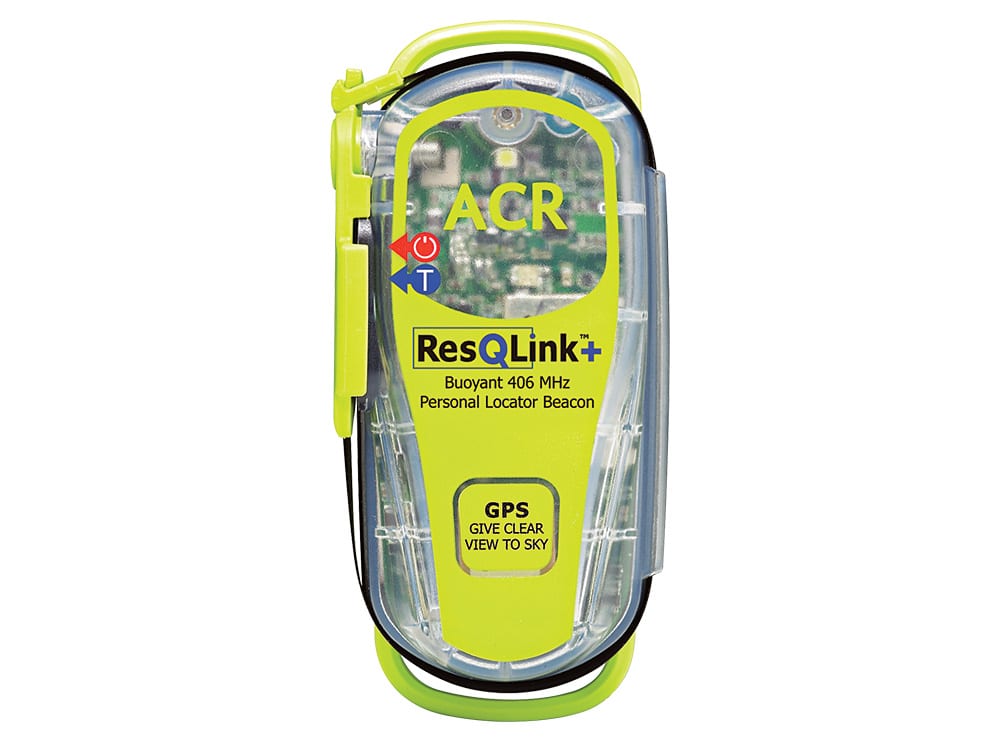
44 Top Boating Safety Tips
Get Personal
A personal locator beacon (PLB) is like an EPIRB, only it’s for an individual rather than the boat. Get a floating version that you can clip to a life jacket.
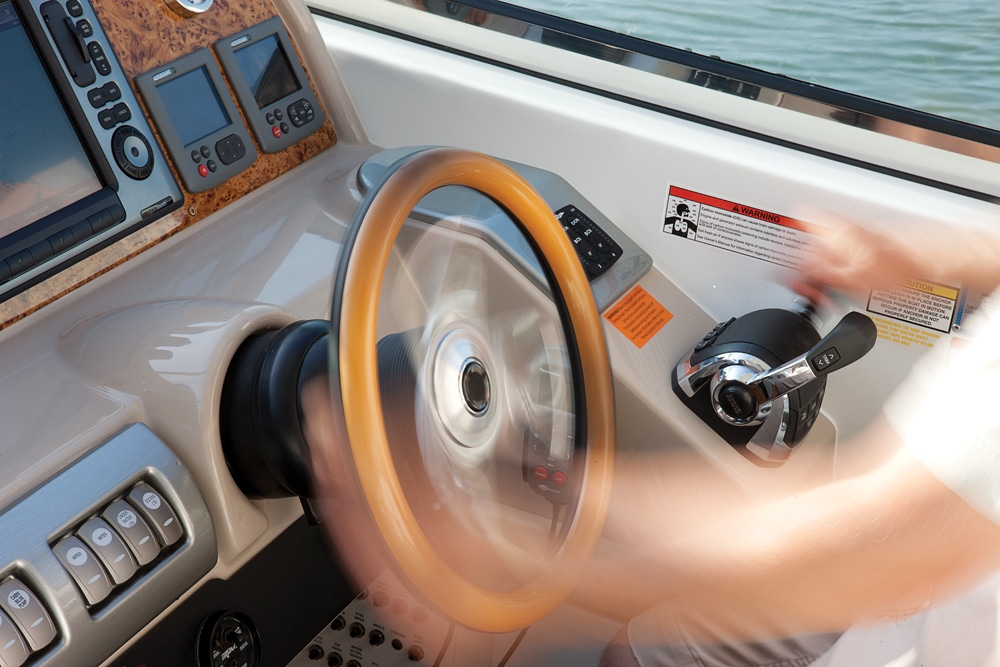
44 Top Boating Safety Tips
Glide Time
Boats don’t have brakes, so even after you throttle back, the boat will still carry forward. The faster you are going the longer it takes to stop.
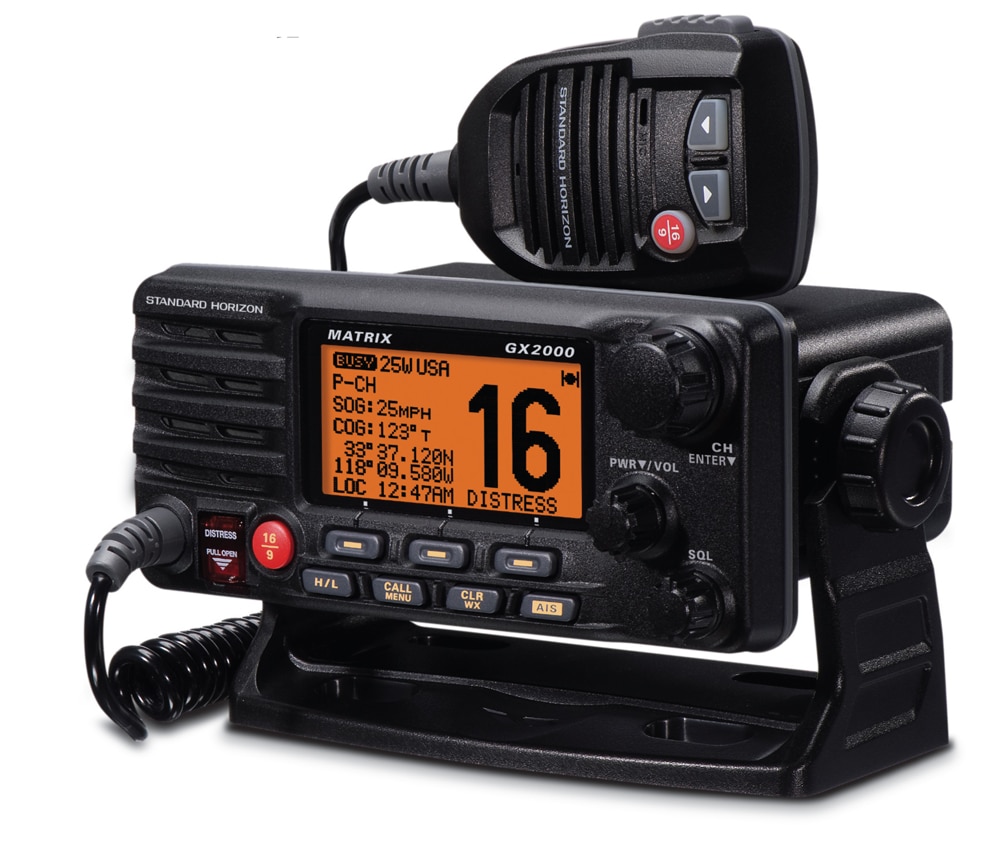
44 Top Boating Safety Tips
All Hail!
Hailers are overlooked as anti-collision devices, but get a VHF with a hail or public address function. If you attach a speaker to the deck, you can use the hailer to call out to nearby boats. If it’s foggy or low-light conditions, use the foghorn function to alert others of your presence.
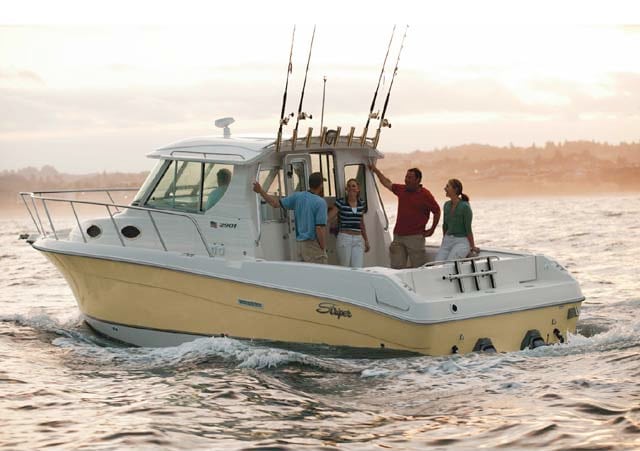
44 Top Boating Safety Tips
Hold On
When walking around a moving boat, follow the rule of one hand for the boat. Keeping a handhold can save you from falling and getting hurt or from going overboard due to unexpected jostling.
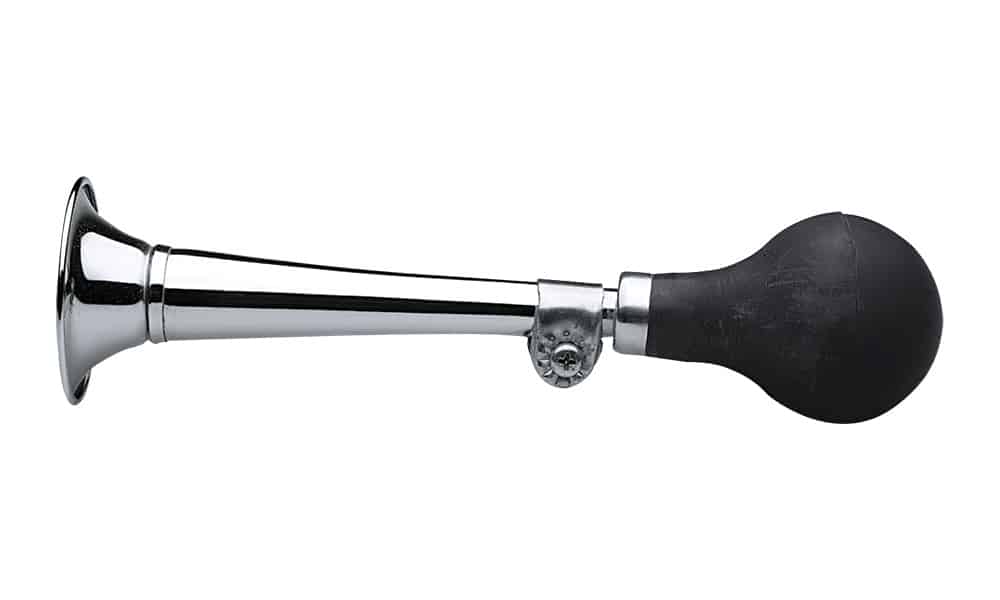
44 Top Boating Safety Tips
Blow Your Horn
When overtaking a vessel from behind, sound a short blast from the horn to pass to starboard; sound two short blasts to pass to port.
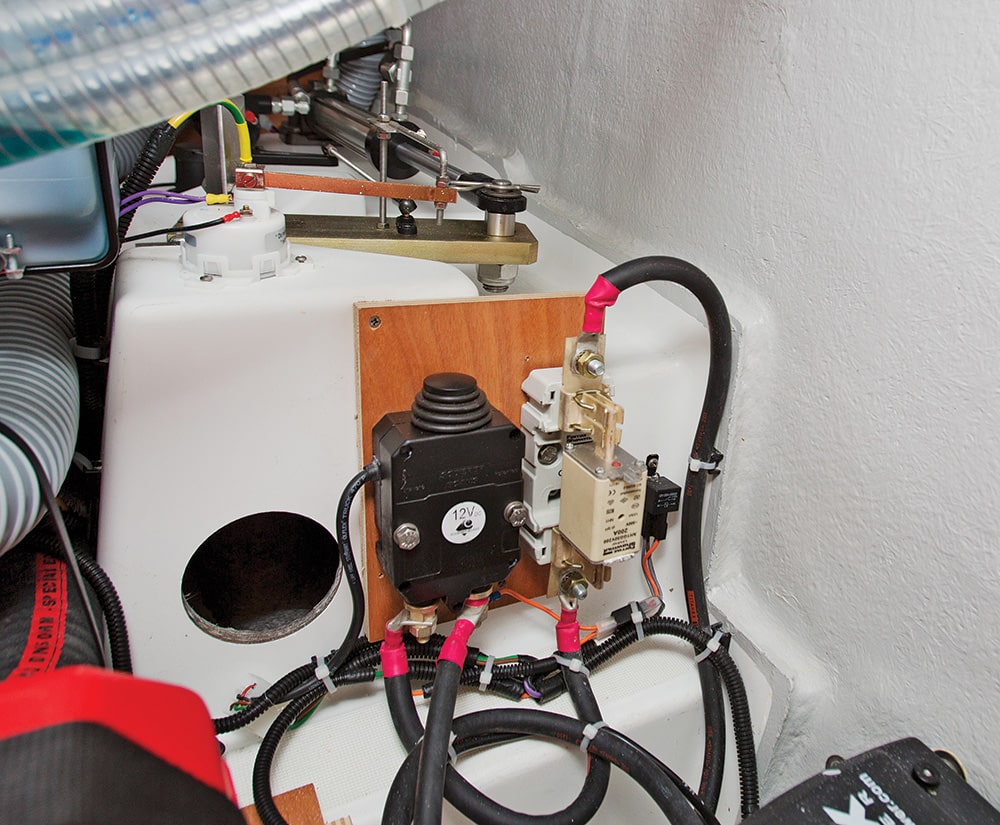
44 Top Boating Safety Tips
Joltproof
Fuses and circuit breakers in your boat’s electrical system should always be sized below the amp rating of the wires in which they are installed in order to protect from overloads or short circuits.
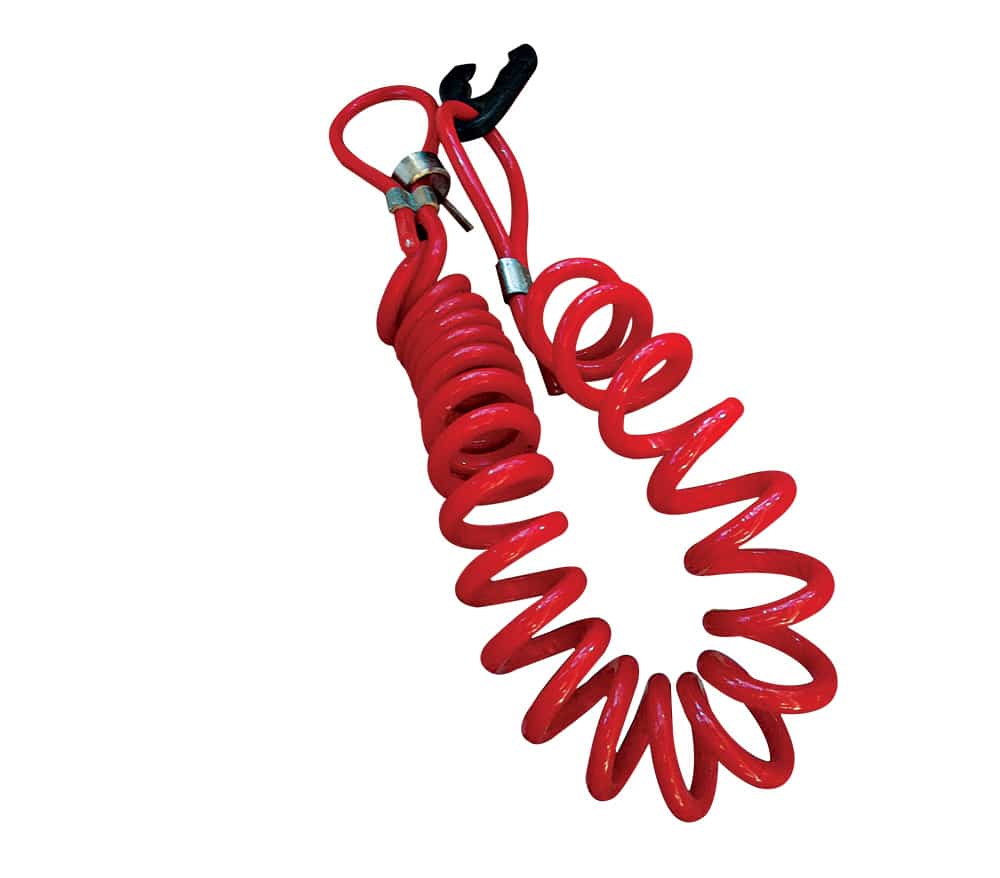
44 Top Boating Safety Tips
Kill the Power
There’s a kill switch on your ignition for a reason. Use it
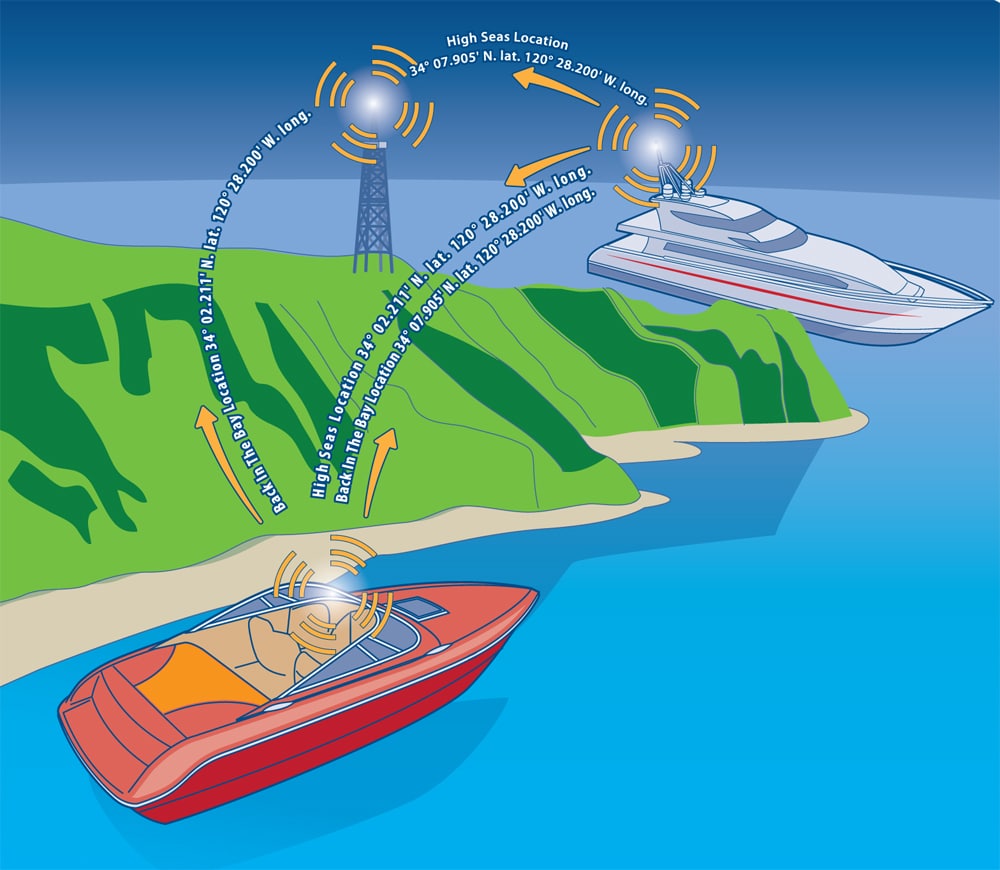
44 Top Boating Safety Tips
Hello, Neighbor
An AIS receiver, whether built-in or added aftermarket, helps you gather information about nearby boats that radar cannot. It operates on VHF frequencies, showing you on-screen the name, length, speed, heading and even turn rate of other AIS-equipped vessels in the area. Class B transponders are better than receive-only because you can broadcast the same information to all nearby boats.
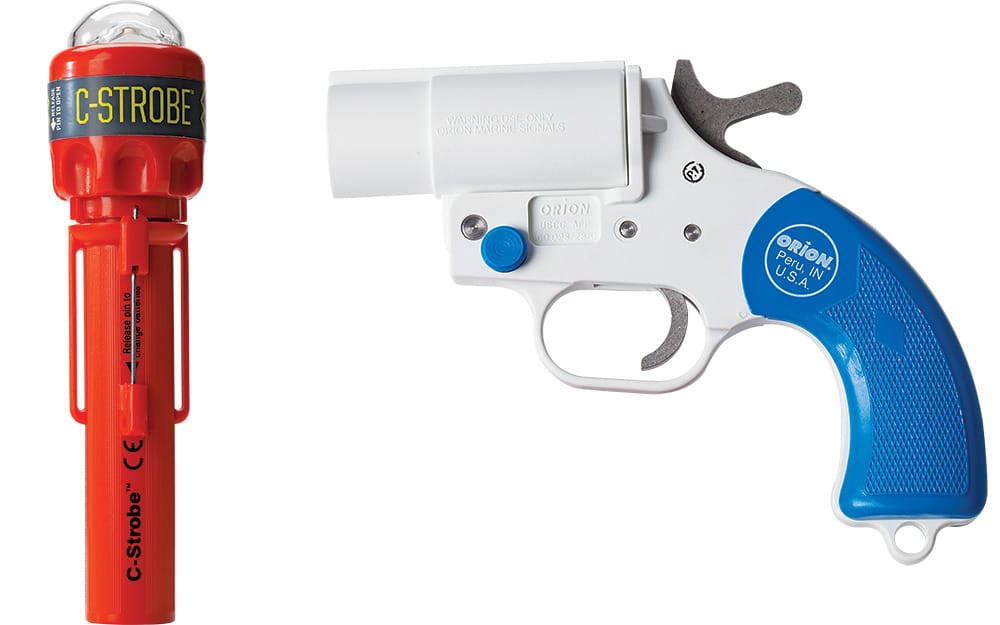
44 Top Boating Safety Tips
Pyro
Carry more than one type of flare on board to use in an emergency. A handheld works best close to shore or when rescuers are in sight. A battery-powered C-strobe will last longer if you’re trying to be found offshore at night. Aerial flares alert those beyond the horizon that you are in danger or in need.
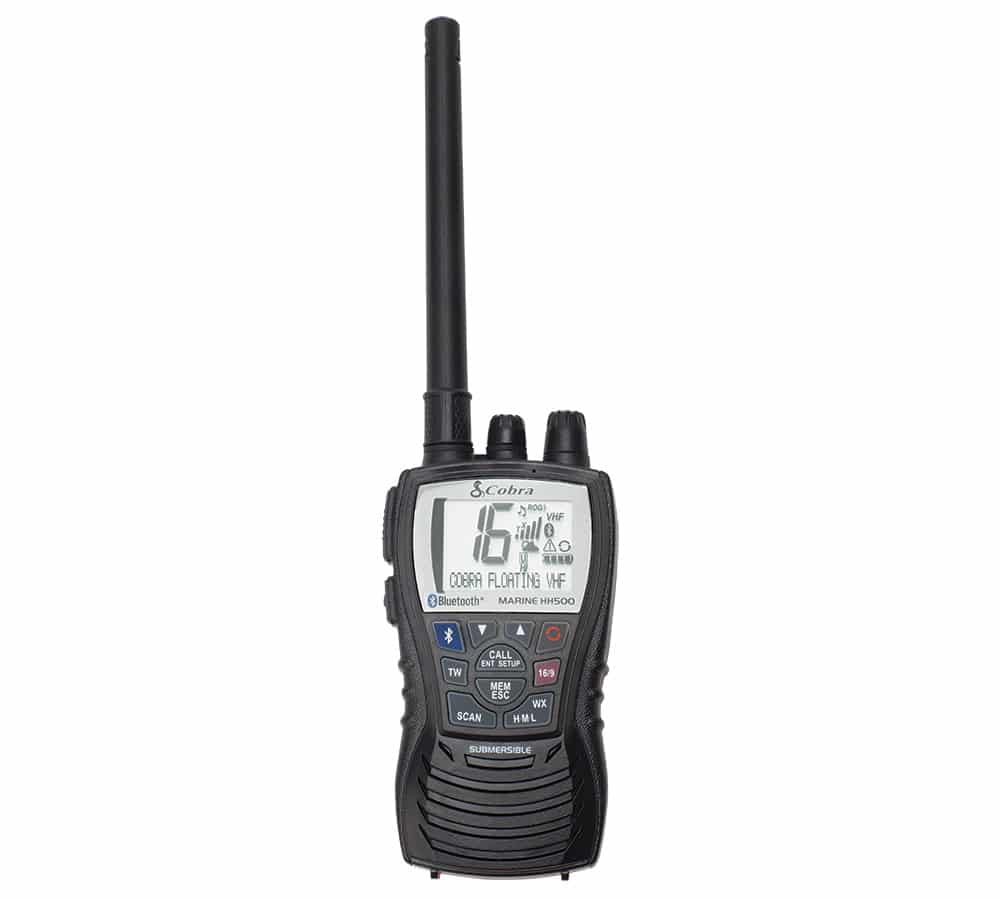
44 Top Boating Safety Tips
Radio Radio
Get a marine VHF radio with DSC (digital selective calling) and register with the Coast Guard for a free MMSI (Maritime Mobile Service Identity) number. (You can register through BoatU.S. or Sea Tow.) DSC broadcasts your GPS coordinates and MMSI information to the Coast Guard, providing quicker response.
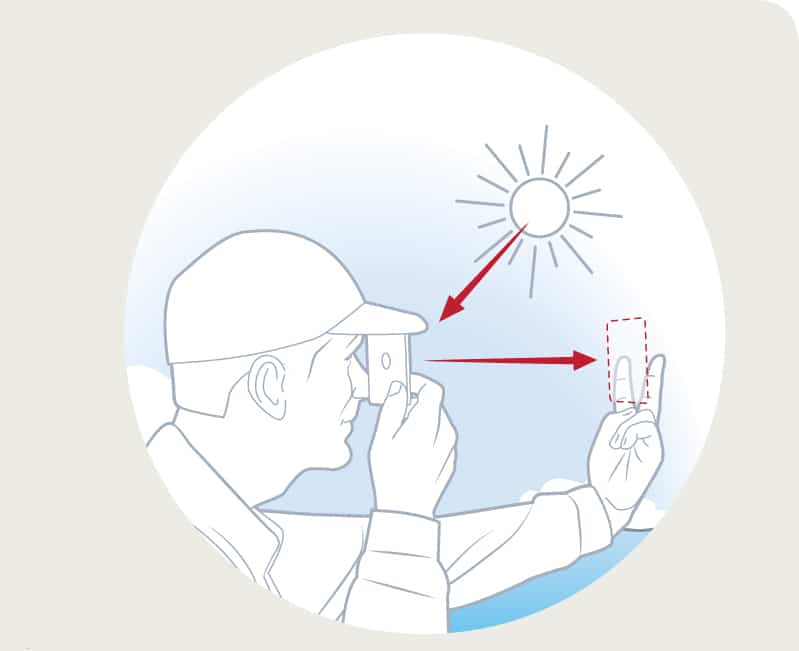
44 Top Boating Safety Tips
Safe Reflections
A signaling mirror is a low-maintenance emergency device that never needs batteries. In a pinch, rip the vanity mirror out of your boat’s head or use a CD.
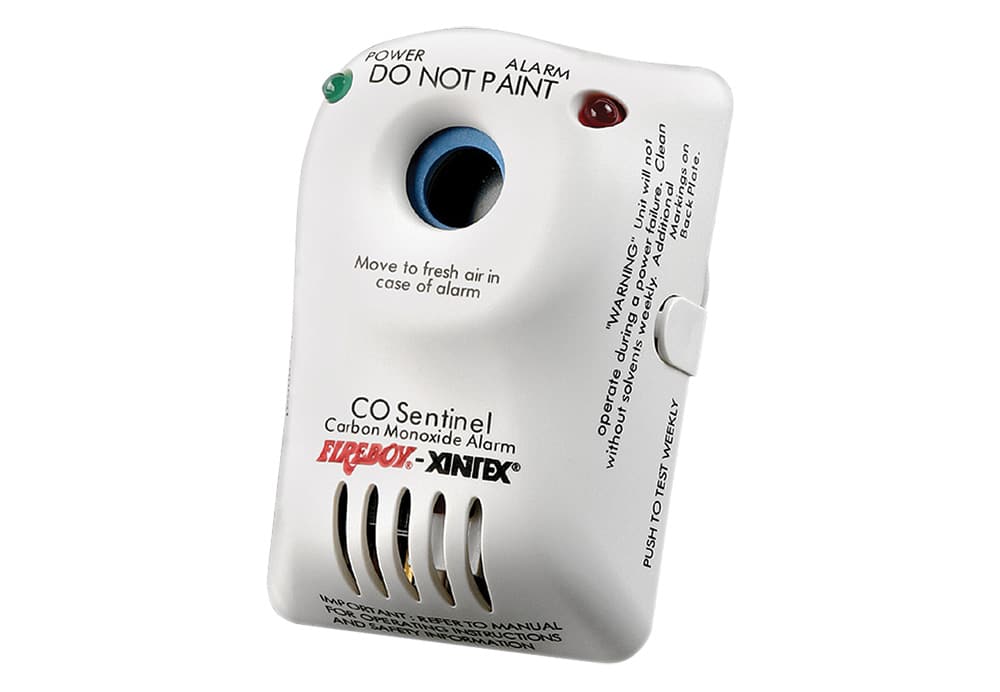
44 Top Boating Safety Tips
Safe and Sound
Make sure there’s an operable CO (carbon monoxide) monitor for every confined space on board. If you have a genset, upgrade to one with a generator cutoff, and regardless, replace your CO monitor every five years.
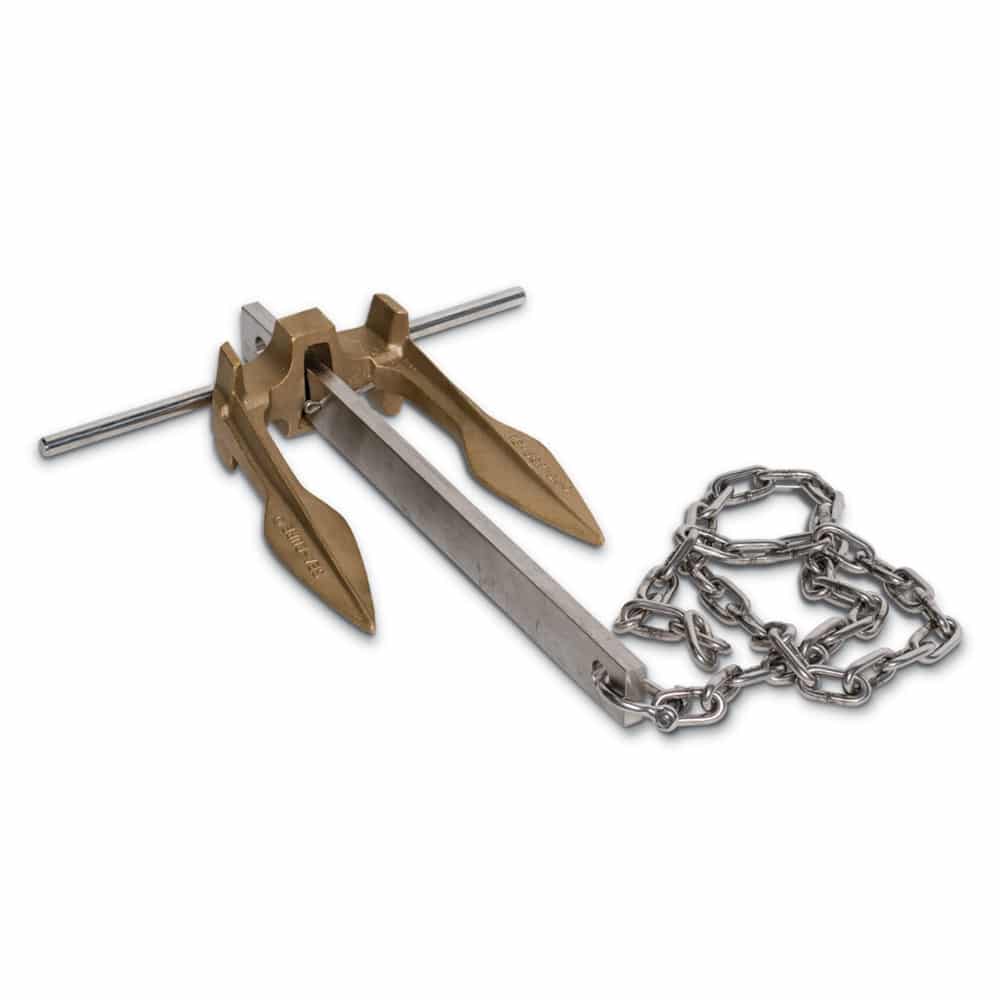
44 Top Boating Safety Tips
Scope It Out
When setting an anchor, plan on using a ratio of 8:1 scope to water depth.
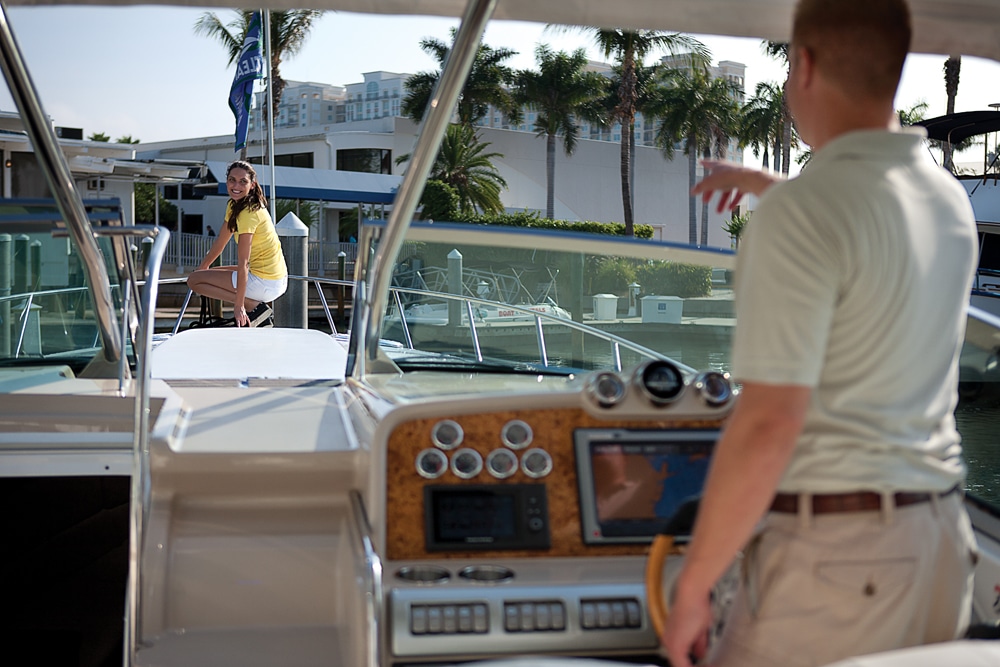
44 Top Boating Safety Tips
Dock Sergeant
This is all on you, the captain. Instruct any of your crew not to act until you say so, and take the time to inform them of your approach to the dock. If you have a crew or more than one passenger, assign one person to handle the bowlines and another to handle the stern lines and to await your instruction.
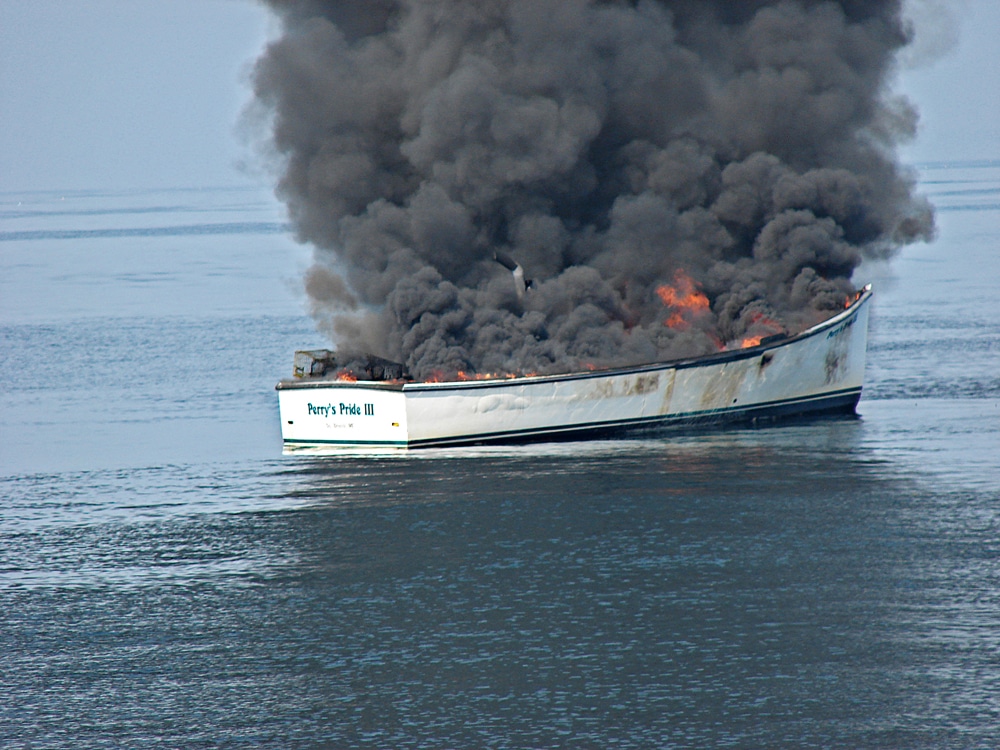
44 Top Boating Safety Tips
Keep it Shut
Never open the hatch during an engine fire; it will only feed oxygen to the fire. Most new boats have a fire port you can use to insert the nozzle of a fire extinguisher.
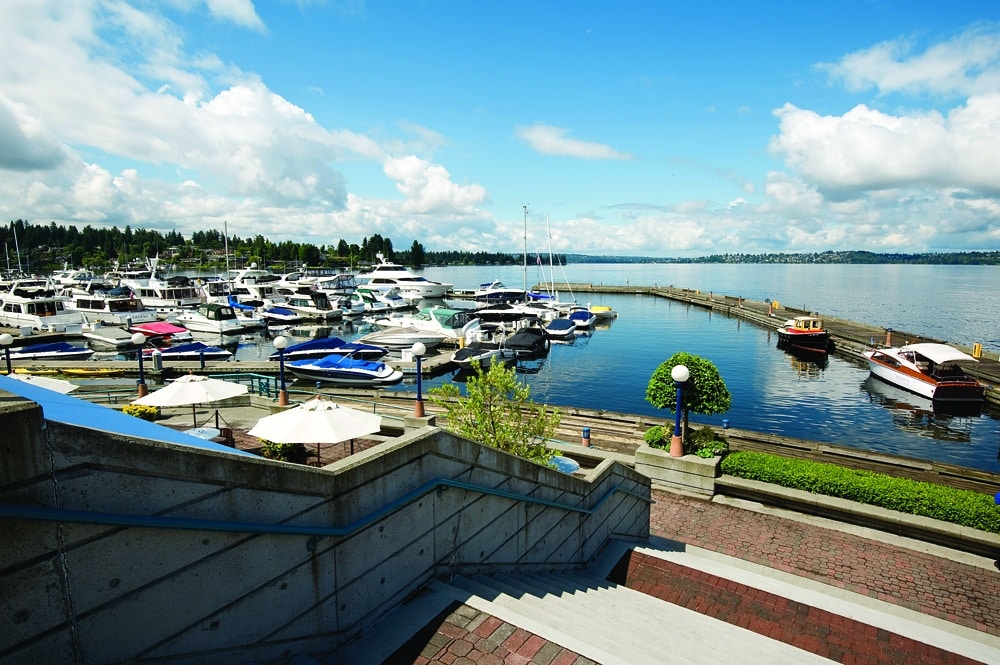
44 Top Boating Safety Tips
Side Slide
When approaching a dock side-to with a single-engine boat, point the bow at the dock at a 45-degree angle. As the bow gets close, cut the wheel toward the dock and goose the boat into reverse. This will help swing the stern into the dock, and you will achieve the nautical equivalent of a parallel parking job.
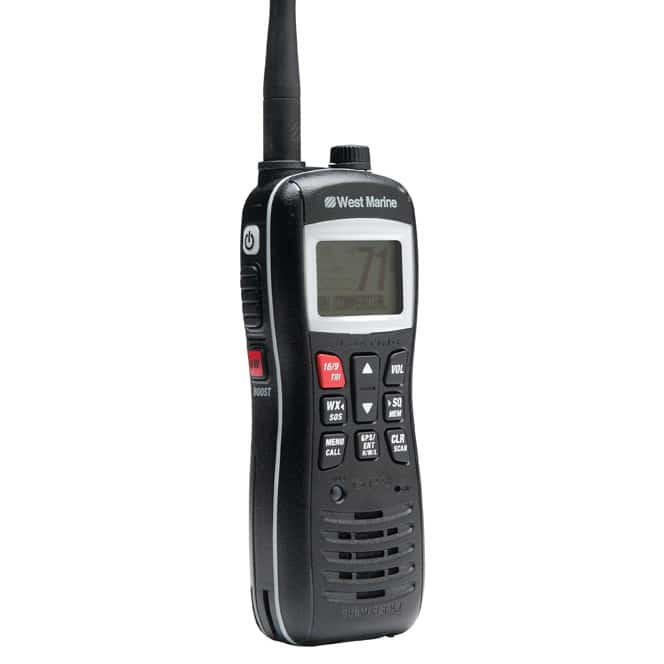
44 Top Boating Safety Tips
Spare Parts
Carry backups. A waterproof, floating handheld VHF and a handheld GPS are ditch bag must-haves and can save you if the electric system goes kaput.
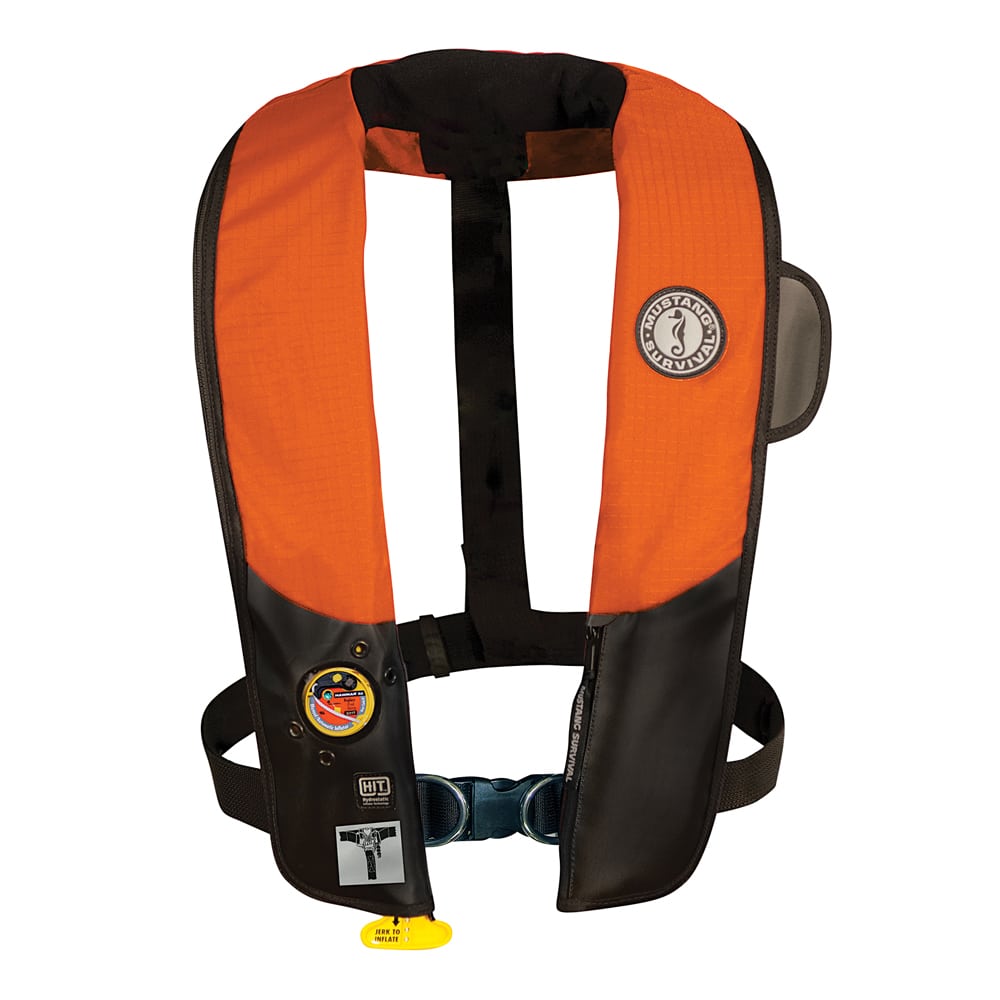
44 Top Boating Safety Tips
Jacket and Tie
Everyone on board should don a life jacket; at the very least it’s your duty to make sure jackets are easy to grab and that everyone knows where they are. Show them the throwable and how to use the radio too.
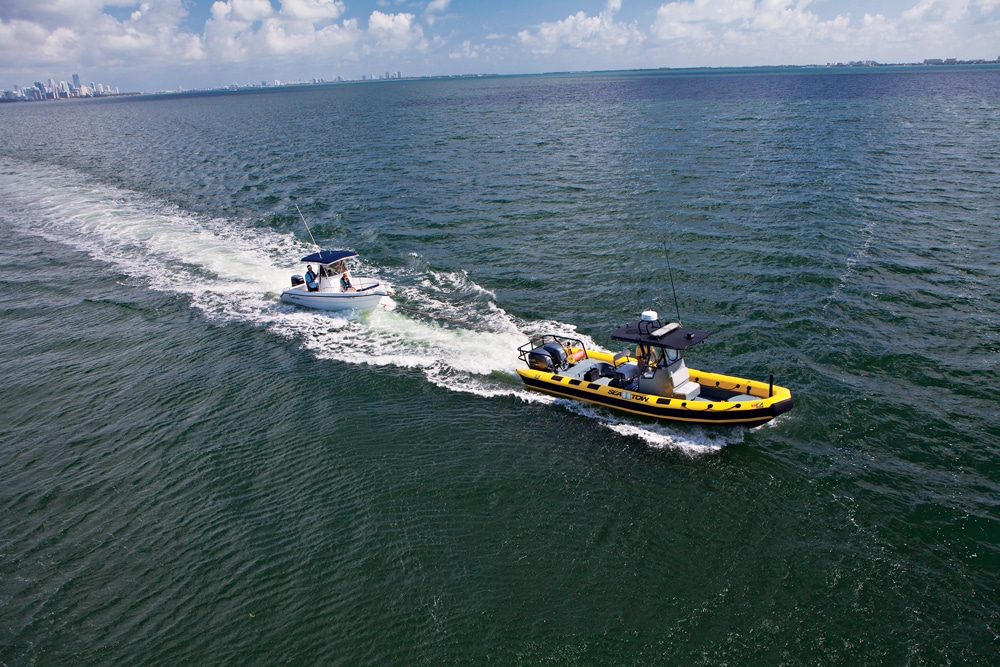
44 Top Boating Safety Tips
Tow Ratings
If you are towing a stranded vessel, or are being towed, make sure that a crew member mans the helm. The towed boat can still be steered while being towed — though the tow boat skipper is “in command ” and has final say.
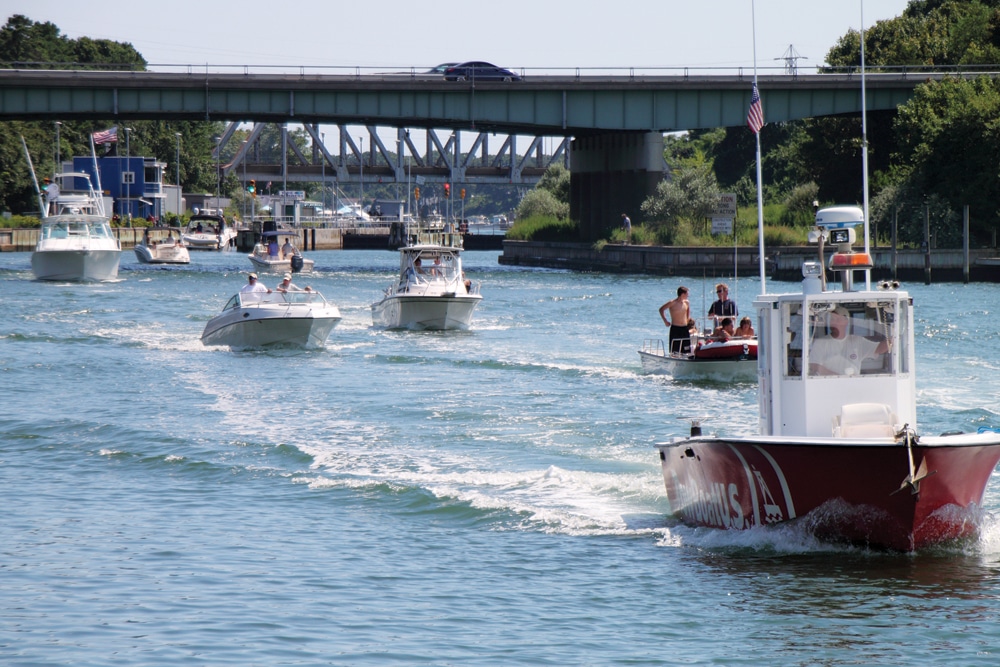
44 Top Boating Safety Tips
Privileged Information
In a bow-to-bow passing situation, the boat to starboard is the privileged vessel, meaning it has the right of way.
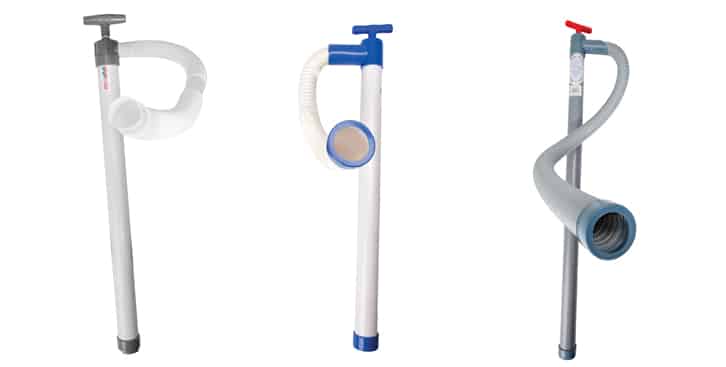
44 Top Boating Safety Tips
Bale Out
Keep a hand-operated pump on board in case you lose power and need to manually bale water. Look for one with a long stroke for greater capacity and with the longest possible hose.
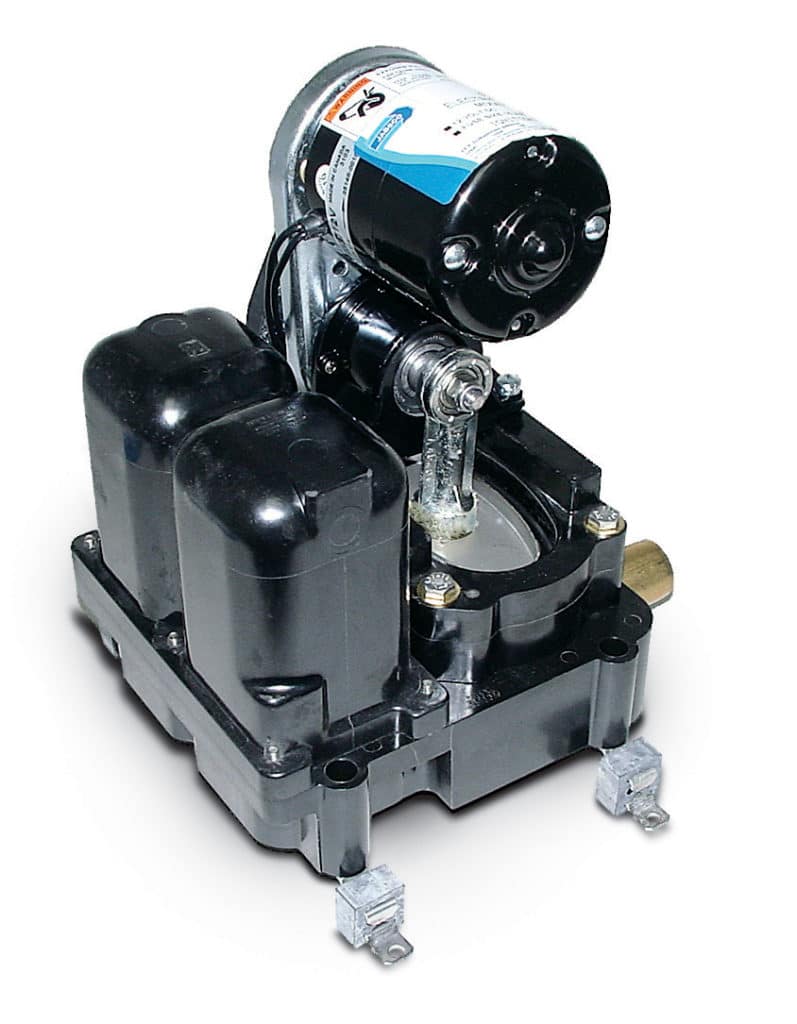
44 Top Boating Safety Tips
Pump It Up
If your boat is taking on water and overwhelming the bilge pump, you can convert a sterndrive or inboard into an emergency crash pump by disconnecting the raw-water intake and lowering the hose into the bilge while the engine is running.
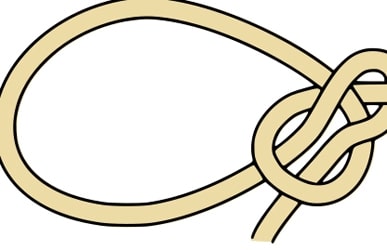
44 Top Boating Safety Tips
Loop Lesson
The most important knot a boater should know is the bowline. The loop has strong holding power for tying off for a tow or on a piling or cleat and is also easy to untie when in need of a fast release.
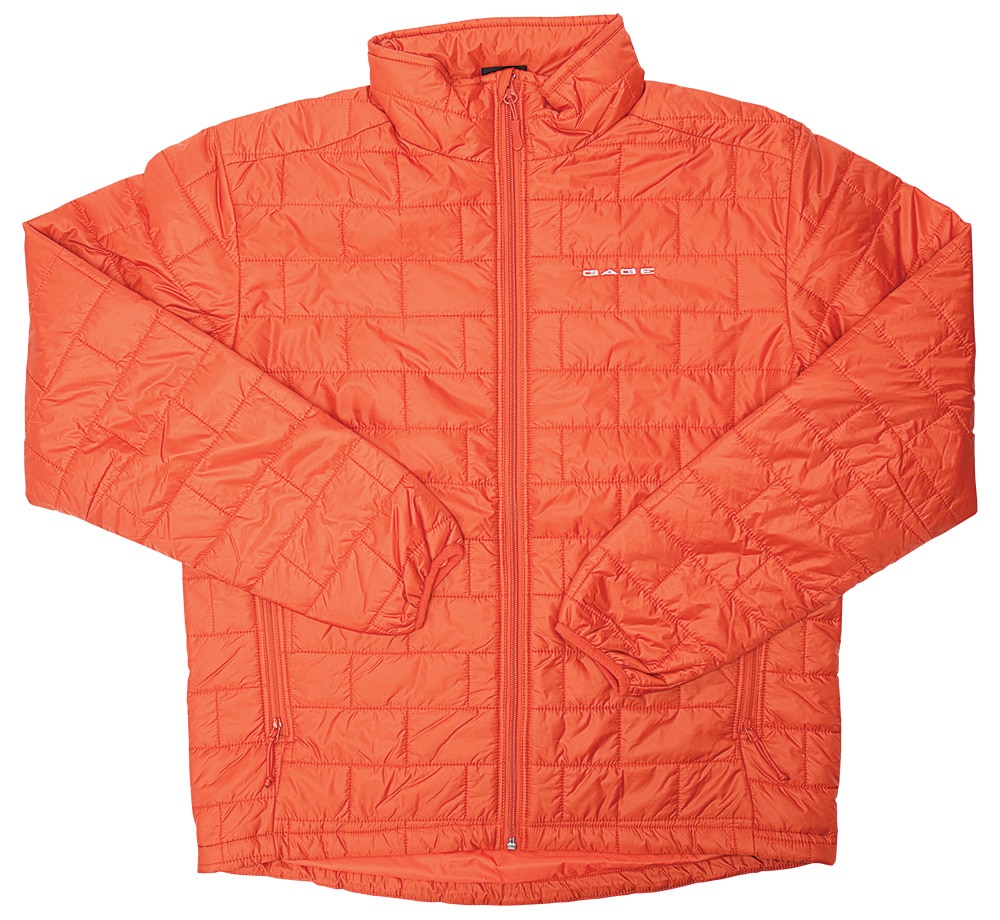
44 Top Boating Safety Tips
Dress for Success
Dress for the water temperature, not for the weather. Dress in layers that will keep you warm, particularly if you fall overboard. Water can sap your body heat 25 times faster than air can.
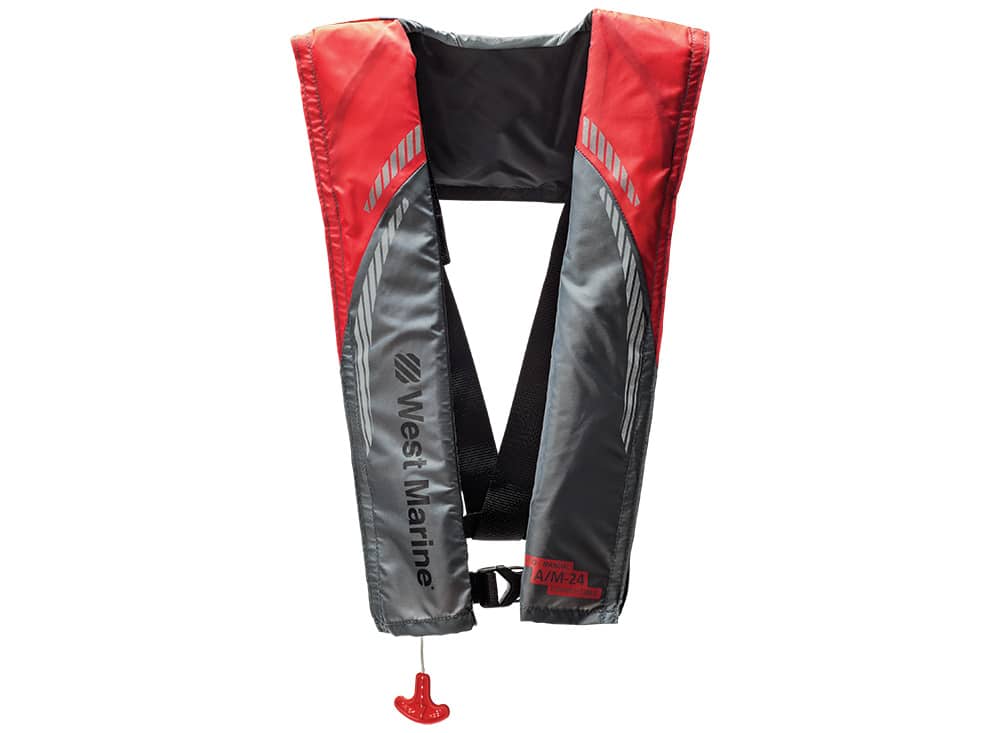
44 Top Boating Safety Tips
Inflated Worth
The best inflatable life jackets have an automatic hydrostatic release. These discharge only when the life jacket is fully submerged, causing a water-pressure sensor to release the carbon dioxide and inflate.
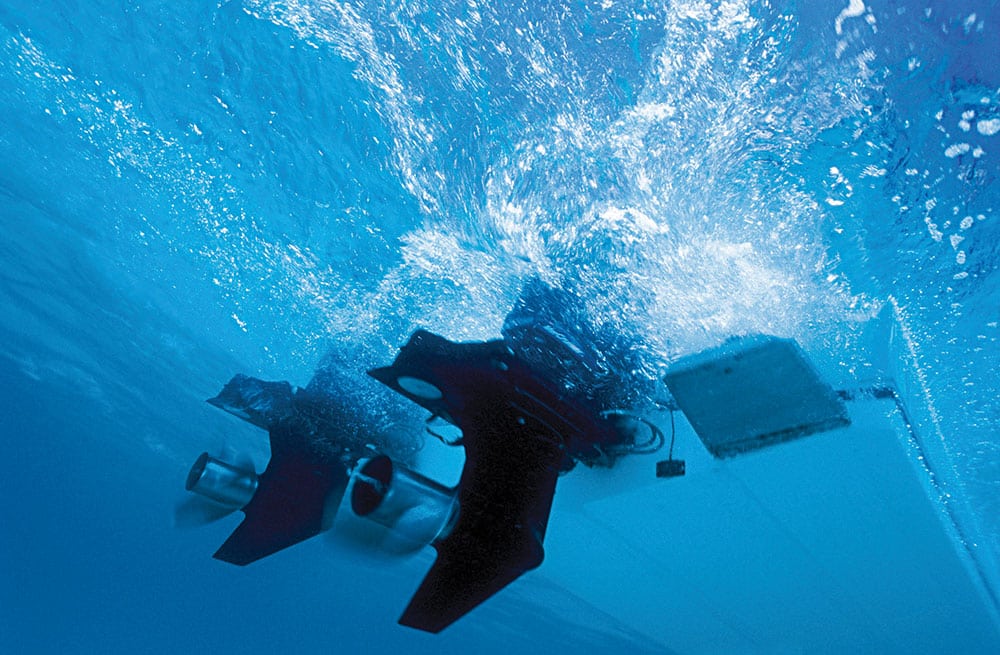
44 Top Boating Safety Tips
Chop Suey
If you are about to collide with another vessel, chopping the throttles might make it worse. It can send people on the boat flying forward. And, of course, you lose steerage when the propeller isn’t turning.
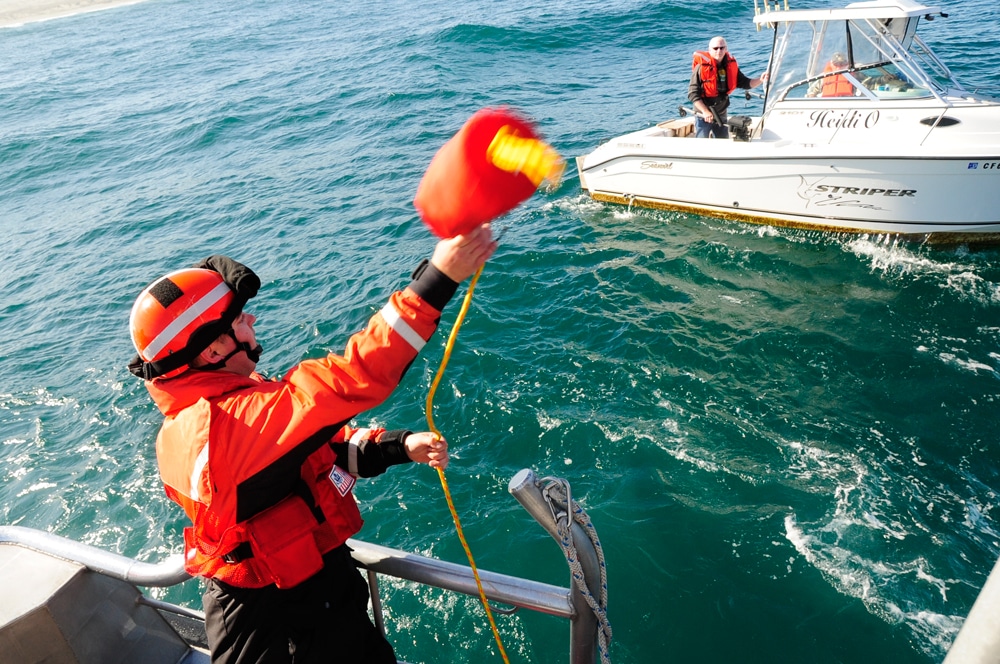
44 Top Boating Safety Tips
Spot Check
Get a free vessel safety check from the U.S. Coast Guard Auxiliary in your area (cgaux.org/vsc). If your boat’s not up to snuff, members will provide you with a list of what you need to fix to make your boat meet the minimum safety standards of the Coast Guard.
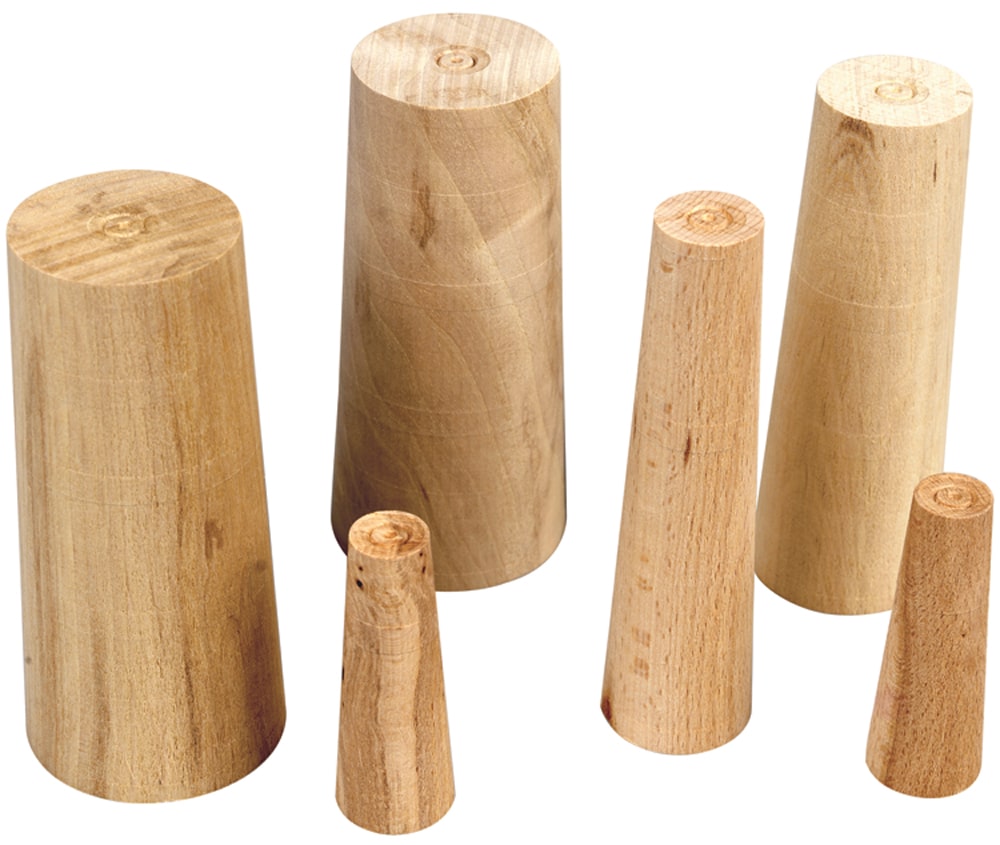
44 Top Boating Safety Tips
Plug It
Fashion bungs out of softwood to match the openings of seacocks and hoses on board, and attach them to each fitting with a piece of line. That way, if a seacock fails or a hose clamp comes loose, you can stuff the bung into the offending hole to stanch the water flow into the bilge.
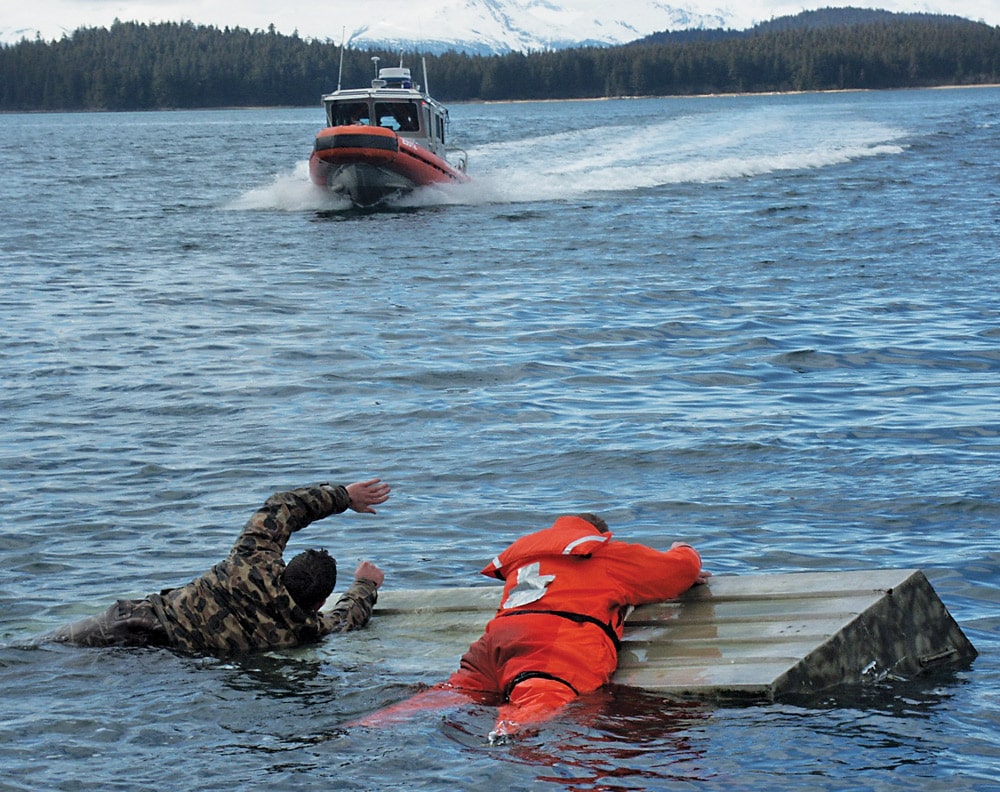
44 Top Boating Safety Tips
MOB Scene
If someone falls overboard, always circle back and approach the victim in the water from the leeward side. If you come from windward, the boat will drift faster than the person and could get pushed on top of him.
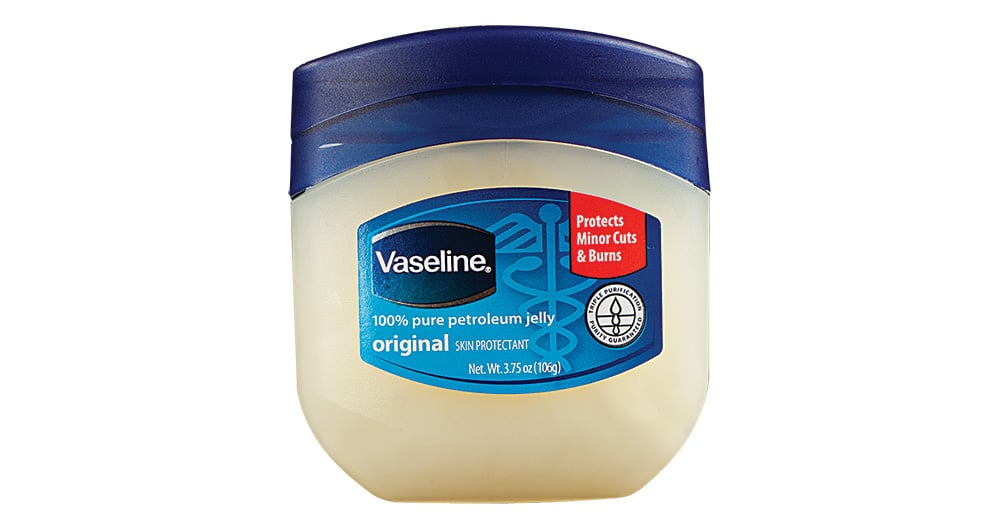
44 Top Boating Safety Tips
Battery Up
Clean battery terminals with a paste made from baking soda and water to neutralize acid, and coat them with a thin layer of petroleum jelly to ward off further corrosion.
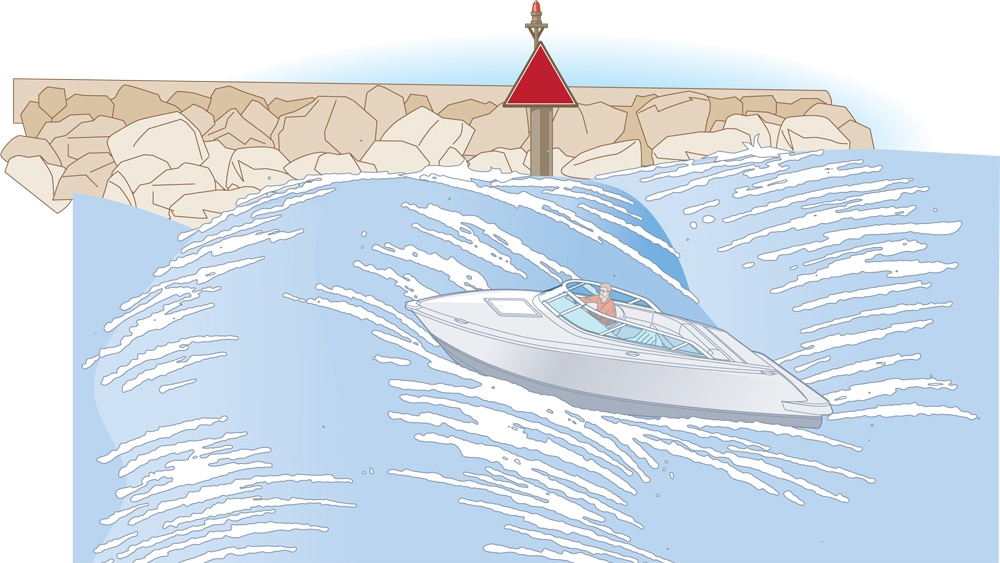
44 Top Boating Safety Tips
Piggyback Ride
To safely re-enter an inlet in a following sea, time the speed of the rollers as they enter and then trim the bow up and ride in on the lower third of one of the waves.
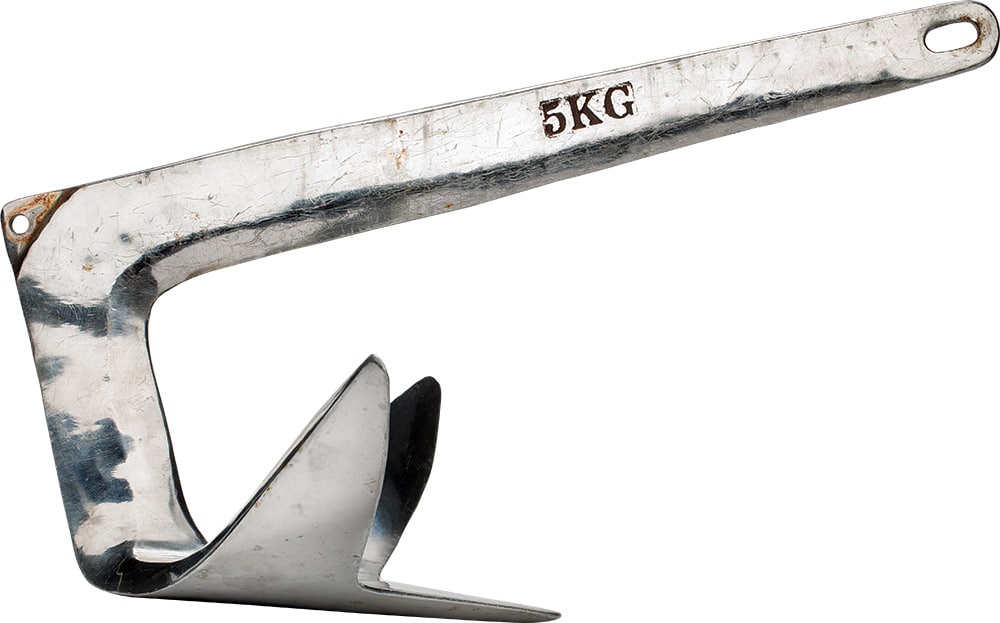
44 Top Boating Safety Tips
Drift Control
An anchor is your first line of defense if you lose power. Also keep a sea anchor on board to deploy if it’s too rough or too deep so you can at least slow your drift and keep the boat from turning abeam to the waves.
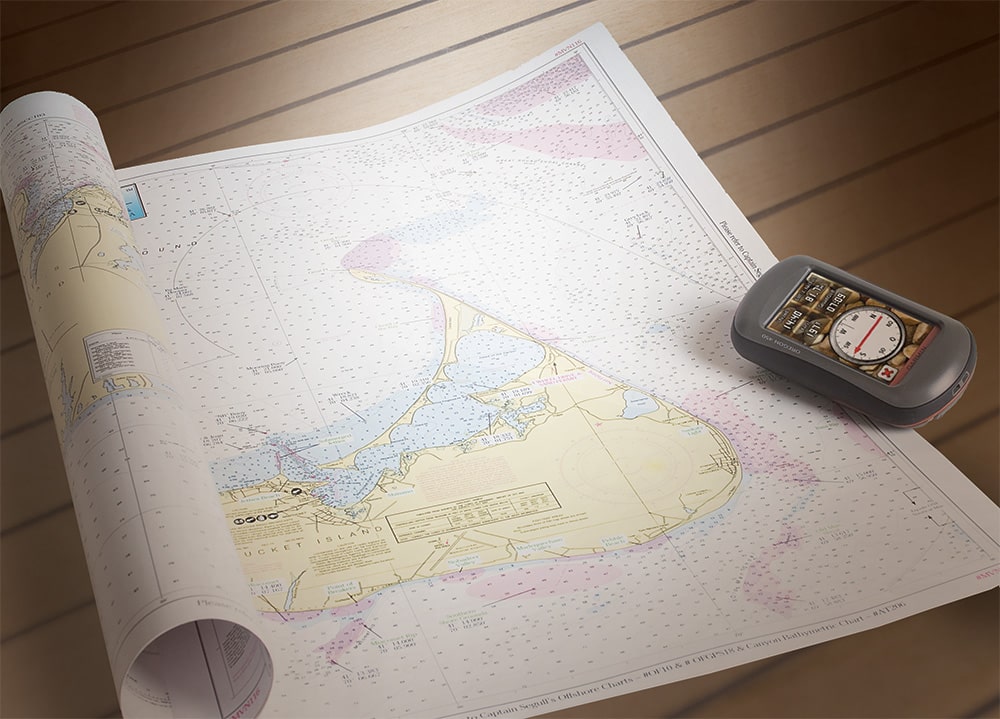
44 Top Boating Safety Tips
On File
File a float plan for every trip. It’s important to provide someone — a friend or a relative — with detailed information about where you’re boating, even if it’s just for an afternoon. If people know where you are and when you’re due back, they’ll be better able to report where and when you went missing. The Coast Guard has a website dedicated to filing float plans (floatplancentral.org/download/USCGFloatPlan.pdf).
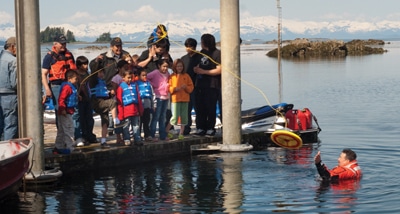
44 Top Boating Safety Tips
Curl Up
If you fall overboard in cold water, assuming you have on a life jacket, curl up into a ball and minimize movement. This is known as the HELP (heat escape lessening position) technique, because it conserves energy and staves off hypothermia.

